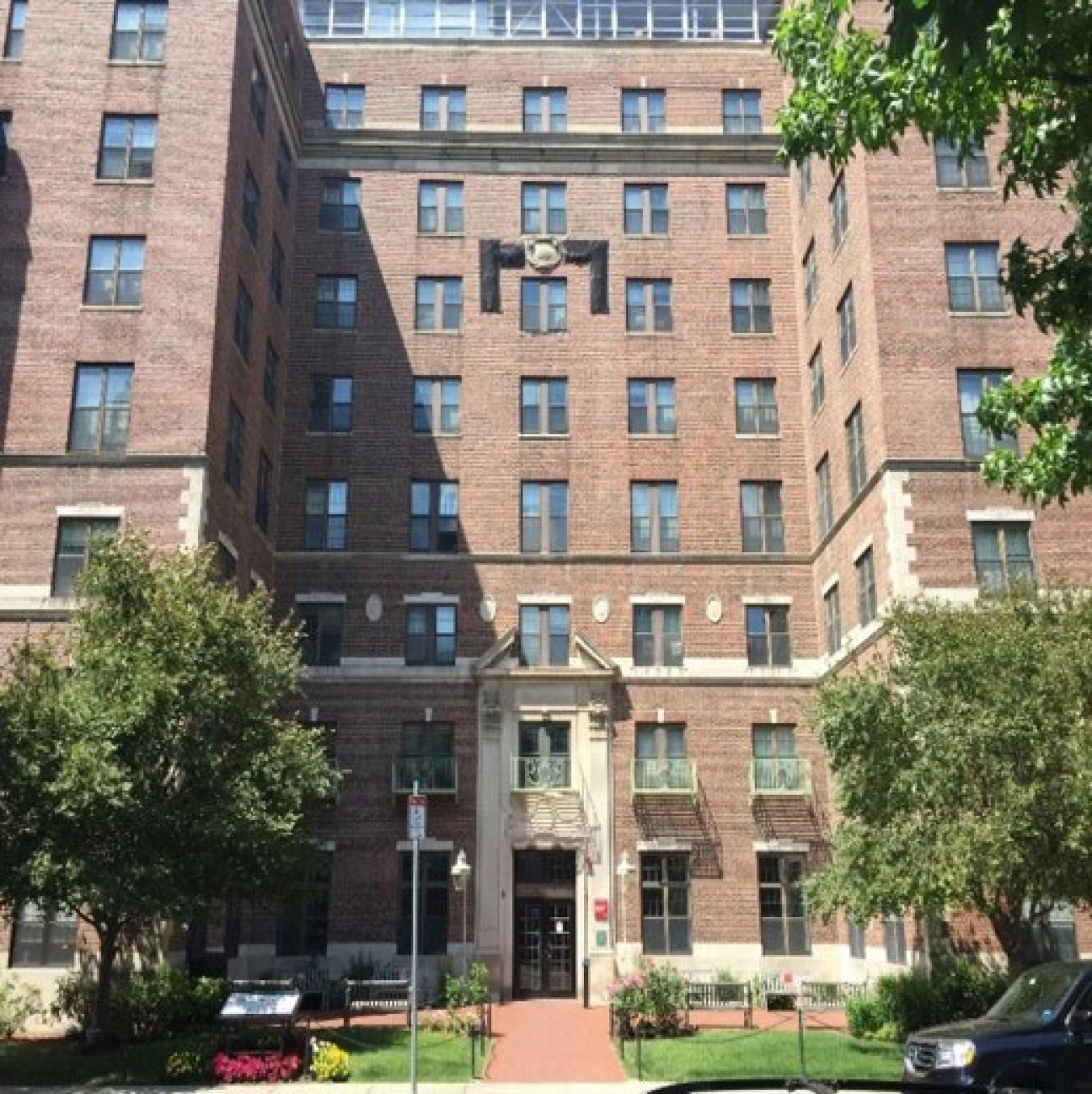
Building America Team: Boston University
Partner: Advanced Building Analysis, LLC
Air sealing in multifamily buildings is vital to meet national goals for energy consumption, and to control airflows between units that affect indoor air quality. However, in taller multifamily buildings, current measurement techniques may inaccurately predict real airflow because baseline interzonal air movement is poorly established. This has led to missed opportunities to incentivize compartmentalization of multifamily buildings, which constitute a large and growing portion of the built environment.
A standardized, accurate, and streamlined method of testing and modeling air movement through multiple zones will help identify opportunities for compartmentalization of multifamily buildings.
The goal of this research is to develop a standardized, accurate, and streamlined method of testing and modeling air movement through multiple zones in multifamily buildings for the purpose of more accurately predicting heating and cooling loads, and assessing indoor air quality impacts. A number of residential buildings will be tested, varying in size from 5 to 26 floors and 10,000 to 400,100 ft2, and in several different climate zones. The proposed development of zonal multipoint pressure testing will enable measurement of air leakage areas to exterior and interior adjacent spaces with a unified test procedure.

